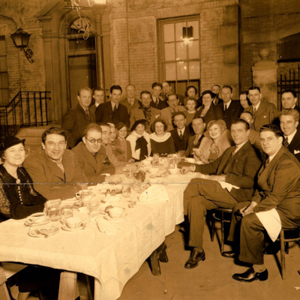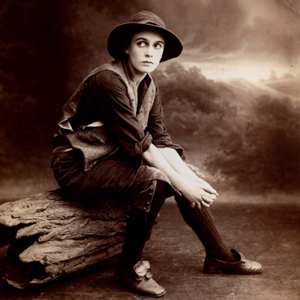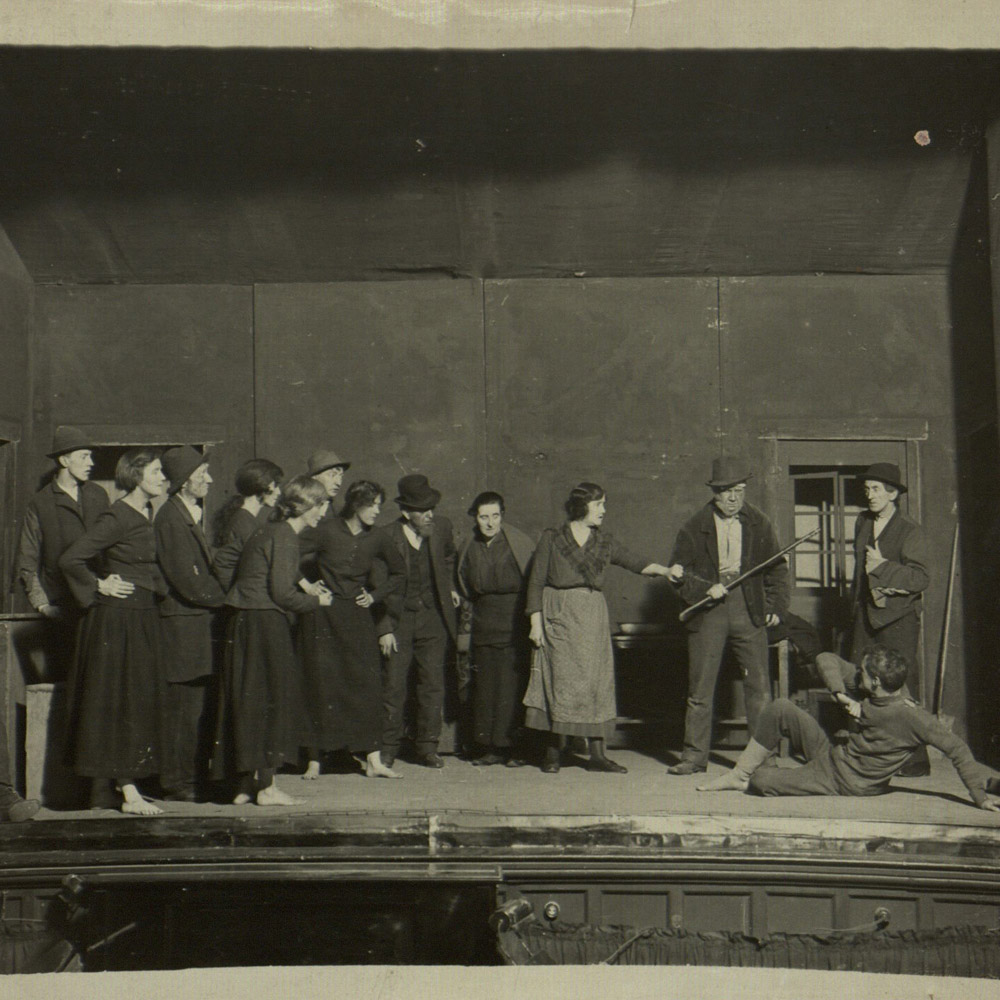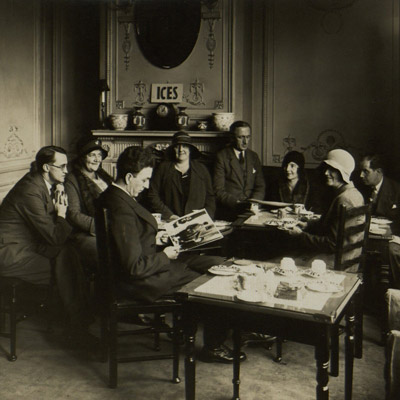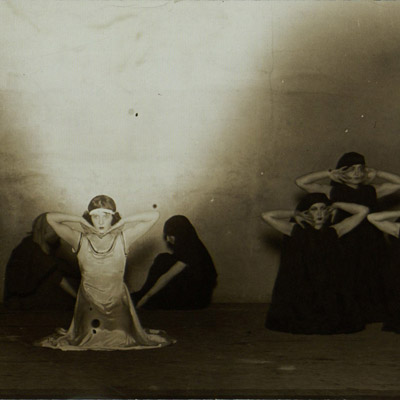-
Courses

Courses
Choosing a course is one of the most important decisions you'll ever make! View our courses and see what our students and lecturers have to say about the courses you are interested in at the links below.
-
University Life

University Life
Each year more than 4,000 choose University of Galway as their University of choice. Find out what life at University of Galway is all about here.
-
About University of Galway

About University of Galway
Since 1845, University of Galway has been sharing the highest quality teaching and research with Ireland and the world. Find out what makes our University so special – from our distinguished history to the latest news and campus developments.
-
Colleges & Schools

Colleges & Schools
University of Galway has earned international recognition as a research-led university with a commitment to top quality teaching across a range of key areas of expertise.
-
Research & Innovation

Research & Innovation
University of Galway’s vibrant research community take on some of the most pressing challenges of our times.
-
Business & Industry

Guiding Breakthrough Research at University of Galway
We explore and facilitate commercial opportunities for the research community at University of Galway, as well as facilitating industry partnership.
-
Alumni & Friends

Alumni & Friends
There are 128,000 University of Galway alumni worldwide. Stay connected to your alumni community! Join our social networks and update your details online.
-
Community Engagement

Community Engagement
At University of Galway, we believe that the best learning takes place when you apply what you learn in a real world context. That's why many of our courses include work placements or community projects.
Abbey Minutes Books Unveiled

As the Yeats 2015 celebration draws to a close perhaps the most fitting reveal took place on 14 December as the Abbey Theatre Minute Books were revealed and made available to the public for the first time in history. Collectively the minute books amount to nearly 2,000 pages, covering some of the Abbey’s most significant events. These minute books have never before been made available publicly, and are now being published as part of the Abbey Theatre and NUI Galway Digital Archive Partnership (2012-2015).
A Digital Journey through Irish Theatre History, the Abbey/NUI Galway digital archive partnership is the largest digital theatre project ever undertaken, and heralds a new era of scholarship for Irish theatre internationally. Previously unseen, the Abbey Theatre Minute Books date from 1904 to 1939 and include the period in history when both Lady Gregory and W.B.Yeats ran the Abbey Theatre.
The Abbey Theatre minute books contain notes from meetings of the theatre’s Board of Directors. They offer a fascinating glimpse behind the scenes of the theatre, showing how the Abbey’s managers dealt with a variety of issues, from choosing plays to determining how much to pay their actors.
Along the way, important information about leading figures from the Irish Literary Revival and beyond: not just W. B. Yeats, Lady Gregory and John Millington Synge but Sean O’Casey, Lennox Robinson, Teresa Deevy, Sean O’Faolain, Frank O’Connor, and many others. A lot is also to be learned about great Irish actors such as Molly Allgood, Ria Mooney, Barry Fitzgerald, Cyril Cusack and many more.
NUI Galway Professor of Drama, Patrick Lonergan said that the minute book will be of huge interest to theatre scholars, historians, and anyone with an interest in Irish culture: “the story of the Abbey Theatre is in many ways the story of our nation in microcosm. This online resource shows the Abbey Theatre and NUI Galway working together to reveal new aspects of that theatre’s story – and, by extension, new aspects of the story of Ireland. Users of the site will be able to search easily through hundreds of pages of records, and can move between the handwritten originals and carefully transcribed webpages. And all of this is available entirely free of charge to readers anywhere in the world.”
We also learn much about the day to day activities of keeping a theatre in business: the struggles to find appropriate funding, the actors’ requests for extra money or time off, and the maintenance of the building.
And of course we learn much about Ireland, both before and after independence. The Abbey Theatre famously was the first statesubsidised theatre in the English-speaking world, earning funding in 1925 from the newly independent Irish Free State.”
In total, the Abbey Theatre and NUI Galway are making available seven minute books, including such details as:
- 1904-1905 – outlining the foundation of the theatre, its relationships with other theatres in Ireland, and its evolving approach to its actors and patron Annie Horniman.
- 1926-1931 After a hiatus, the Abbey Theatre Board of Directors resumes taking minutes in 1925, following the Free State government’s decision to fund the theatre. A central topic of debate here is the fate of Sean O’Casey’s The Plough and the Stars.
- 1932-1936. The theatre grapples with ongoing financial difficulties, responds to the death of Lady Gregory, and its actors are offered the opportunity to make movies in Hollywood. Ernest Blythe formally joins the Board.
- 1936 to 1937. While covering a relatively short period, this minute book gives a fascinating account of the Abbey’s relationship with Teresa Deevy. Where growing tensions between the Board and the Abbey company of actors can be seen.
- 1937 to 1939. Dominated by negotiations with the Irish government for the creation of a new theatre, which would house the Abbey Theatre and Gate Theatre (the outbreak of war in 1939 meant that this plan was never completed). Also notable here is the production of Yeats’s final plays, in particular the controversial Purgatory, which appeared at the Abbey Theatre Festival in 1938.
This is a major milestone in what is largest digitisation project in the world. It has brought the most advanced digital technology to bear on one of the country’s most historic theatre archives. The combination of historical material with the technological ability to bring to new audiences across the globe has far reaching benefits to students and researchers of the University and beyond. The unveiling of the Abbey Theatre Minute Books goes one step further as all is made available to scholars and non-scholars alike at www.nuigalway.ie/ AbbeyTheatre MinuteBooks








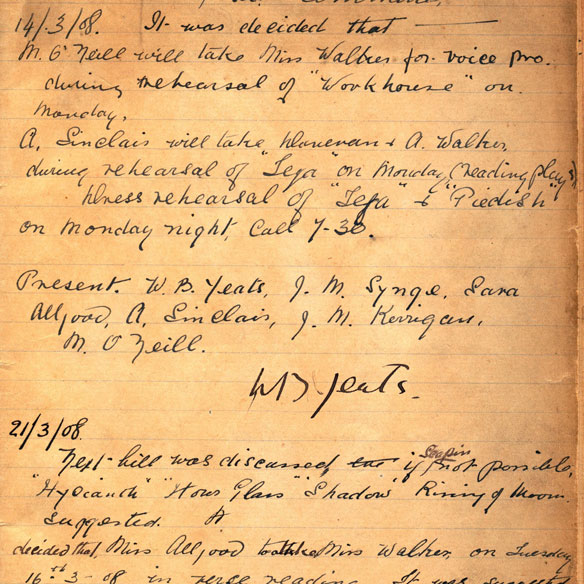
.jpg)
